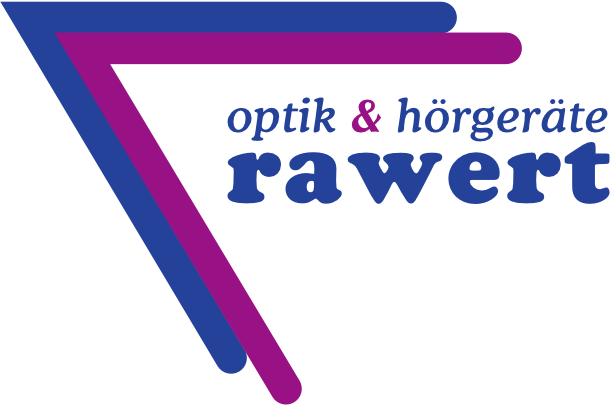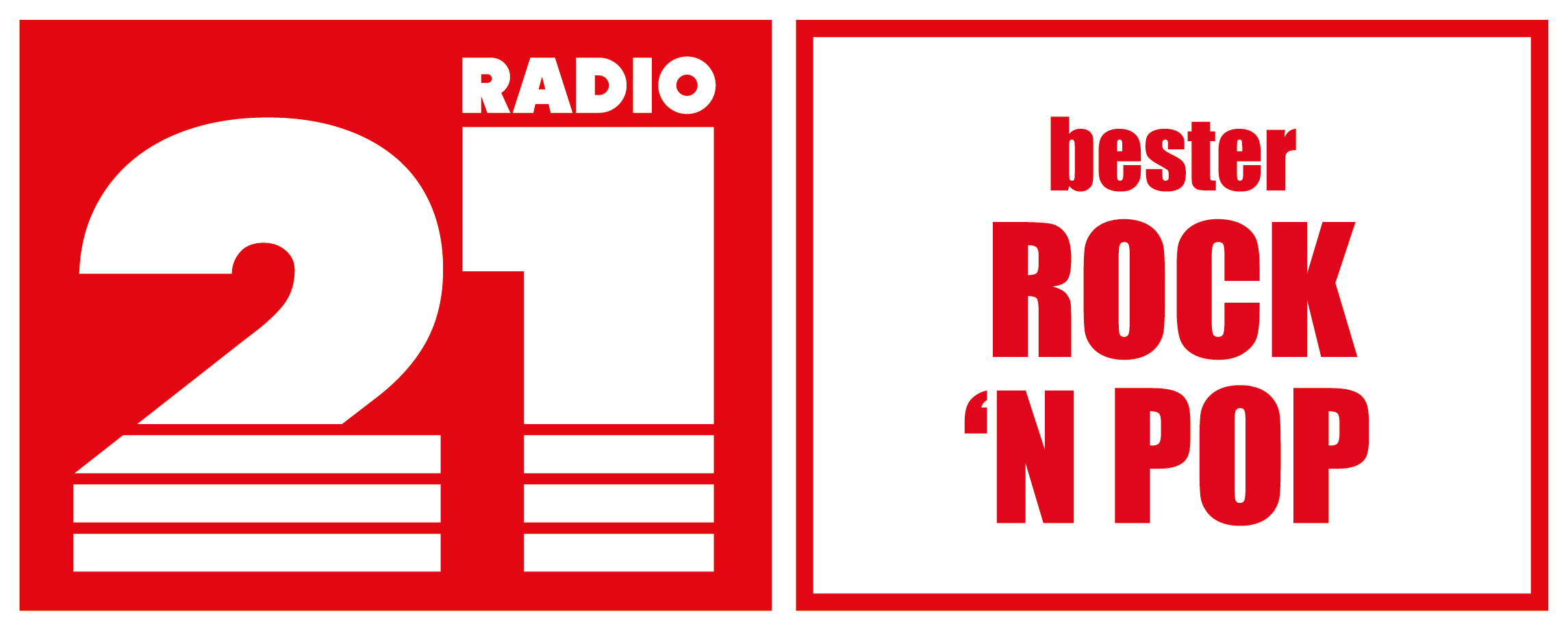Mehta P, Pandya S, Kotecha K. Harvesting social media sentiment analysis to enhance stock market prediction using deep learning. Table 13 compares performance of the proposed model with existing systems when compared on the D2 dataset. It is observed that the proposed CFS augmented BTE model outperforms all the models compared with an accuracy of 86.82%. The top systems for this task employed QSR, BERT, BERTweet, RoBERTa and ensemble methods.
Natural Language Processing in Python: Master Data Science and Machine Learning for spam detection, sentiment analysis, latent semantic analysis, and article spinning (Machine Learning in Python) https://t.co/zRTlJa4vFS #python #ad
— Python Flux (@pythonbot_) July 1, 2021
Clearly the speaker is raining praise on someone with next-level intelligence. Develop data science models faster, increase productivity, and deliver impactful business results. In Natural Language, the meaning of a word may vary as per its usage in sentences and the context of the text. Word Sense Disambiguation involves interpreting the meaning of a word based upon the context of its occurrence in a text.
Semantic Analysis Examples
Especially in Price related comments, where the number of positive comments has dropped from 46% to 29%. Intent analysis steps up the game by analyzing the user’s intention behind a message and identifying whether it relates an opinion, news, marketing, complaint, suggestion, appreciation or query. The training items in these large scale classifications belong to several classes. The goal of classification in such case is to detect possible multiple target classes for one item.
- Cdiscount to focus on improving by studying consumer reviews and detecting their satisfaction or dissatisfaction with the company’s products.
- Semantic analysis analyzes the grammatical format of sentences, including the arrangement of words, phrases, and clauses, to determine relationships between independent terms in a specific context.
- Machine learning-based semantic analysis involves sub-tasks such as relationship extraction and word sense disambiguation.
- Results from the experimental study on all the datasets depict that CFS can support in attaining a higher classification accuracy with up to 50% lesser features compared to count vectorizer approach.
- In sentiment analysis, they can be used to repeatedly predict the sentiment as each token in a piece of text is ingested.
- The Sentiment140 Dataset provides valuable data for training sentiment models to work with social media posts and other informal text.
Moreover, it is also helpful to customers as the technology enhances the overall customer experience at different levels. The Repustate semantic video analysis solution is available as an API, and as an on-premise installation. Semantic analysis can also be applied to video content analysis and retrieval. Nielsen relies on Sentiment Analysis to discover market trends and find the popularity of their customer’s products. Based on sentimental trends, they also provide consultation for building marketing strategies and campaigns.
Semantic Classification Models
It is well known fact that data imbalance is a serious concern in classification or prediction systems, particularly large feature-based models. There’s a chance that the dataset under consideration has very minor limited features that indicate a sentiment. This can lead to classification bias, lowering overall prediction accuracy. Since the number of individuals and their information evaluated on Twitter is so large, the data they generate may be of various size and range. As a result, computing over such unstructured and broad-scaled data can lead to learning models to converge prematurely.
Here, all classifiers are executed over the same dataset which classifies/labels each tweet or review as a specific type based on sentiment score using Algorithm1. For example, for two class polarity test a classifier predicts a score for each tweet as Positive or Negative . Since our data consists of multiple emotions, the classifier finally predicts and labels the output based on feature’s relative tilt towards positive or negative score. In other words, a sentiment with the highest number of 1’s is predicted as ‘positive’, else it is ‘negative’. A Semantic Relational Machine Learning model using classifier ensemble strategy to evaluate sentiment classification by comparing performance with state-of-the-art systems across six datasets. Why would you use this method and not any other different and more simple?
Sentiment Analysis Csharp Examples
Starting from Oracle Database 18c, ESA is enhanced as a supervised algorithm for classification. Learn how to use Explicit Semantic Analysis as an unsupervised algorithm for feature extraction function and as a supervised algorithm for classification. •Doc2vec-based semantic analysis is utilized along with link prediction and patent statistics. While, as humans, it is pretty simple for us to understand the meaning of textual information, it is not so in the case of machines.
Decode deaths with BERT to improve device safety and design – Medical Design & Outsourcing
Decode deaths with BERT to improve device safety and design.
Posted: Mon, 13 Feb 2023 08:00:00 GMT [source]
Convolutional layers extract patches from 1D/2D tensors and apply the same convolutional transformations to every one of them . I won’t get deep in such explanation because that’s out of the scope of this article, but if you want to fully understand how these layers work I would suggest to you check the book previously recommended. The most important fact of these layers is that they can recognize patters in a sequence — A pattern learned at a certain position in a sentence can later be identified in a different position or even in another sentence. Uber, the highest valued start-up in the world, has been a pioneer in the sharing economy.
Intra-model performance assessment
Results from the experimental study on all the datasets depict that CFS can support in attaining a higher classification accuracy with up to 50% lesser features compared to count vectorizer approach. The approach retains the overall performance of the classifiers even under minimal number of features selected. The results of the Majority voting ensemble are higher compared to all other individual classifiers, signifying CFS approach as an optimal feature selection strategy and that can be incorporated in the proposed SRML model. We then go on to evaluate if it can help in improving the overall performance of the SRML model compared to current state-of-the-art models. To design a classifier ensemble, 14 individual classifiers or learners with different kernel functions are implemented both independently and in an ensemble. Since the proposed ensemble comprises machine learning algorithms from different paradigms, it is termed as a heterogeneous ensemble learning model.
Explore some of the best sentiment analysis project ideas for the final year project using machine learning with source code for practice. Ye Q, Zhang J, Law R. Sentiment classification for online reviews of travel destinations by supervised machine learning approaches. Troussas C, Krouska A, Virvou M. Evaluation of ensemble-based sentiment classifiers for Twitter data. 7th International Conference on Information, Intelligence, Systems & Applications ; 2016.
Methodologies and process flow
You can check out some of our text analysis APIs and reach out to us by filling this form here or write to us at In the initial analysis Payment and Safety related Tweets had a mixed sentiment. Filtered Sentiment AnalysisThere is noticeable change in the sentiment attached to each category.
From this, the model should be able to pick up on the fact that the word “happy” is correlated with text having a positive sentiment and use this to predict on future unlabeled examples. Logistic regression is a good model because it trains quickly even on large datasets and provides very robust results. Customers benefit from such a support system as they receive timely and accurate responses on the issues raised by them.
- Ye Q, Zhang J, Law R. Sentiment classification for online reviews of travel destinations by supervised machine learning approaches.
- This is often accomplished by locating and extracting the key ideas and connections found in the text utilizing algorithms and AI approaches.
- The introduction of advanced techniques such as Transformers and Transfer Learning has made it possible to quickly build models for sentiment classification.
- The training items in these large scale classifications belong to several classes.
- In this post, we’ll cover the basics of natural language processing, dive into some of its techniques and also learn how NLP has benefited from recent advances in deep learning.
- Further, we performed a text exploratory analysis to understand the frequent unigrams and bigrams used in the reviews and visualize the clusters of positive, negative, and neutral words available in reviews.
The implementation of the semantic analysis machine learning model, training and testing is carried out on Windows 64-bit Operating system with Intel Core i7, 16GB memory system. A conventional architecture of ANN comprising three layers- input, hidden and output layer is illustrated in Fig. The final feature vector pertaining to each post is fed as input and classified into different sentiment classes which results in an output on account of the hidden layer sigmoid function applied. I encourage you to implement all models by yourself and focus on hyperparameter tuning which is one of the tasks that takes longer. Once you’ve reached a good number, I’ll see you back here to guide you through that model’s deployment 😊. Where Conv1D layers are in charge of computing the convolution operations while MaxPooling1D layers’ main task is to reduce the dimensionality of every convolutional output.
MicroCloud Hologram (NASDAQ:HOLO) Creates Holo Digital Human GPT to Build New Virtual Interaction Models – Yahoo Finance
MicroCloud Hologram (NASDAQ:HOLO) Creates Holo Digital Human GPT to Build New Virtual Interaction Models.
Posted: Wed, 01 Feb 2023 08:00:00 GMT [source]
The introduction of advanced techniques such as Transformers and Transfer Learning has made it possible to quickly build models for sentiment classification. Sentiment analysis, also called ‚opinion mining‘, uses natural language processing, text analysis and computational linguistics to identify and detect subjective information from the input text. This algorithm classifies each sentence in the input as very negative, negative, neutral, positive, or very positive. Overall, the CFS augmented SRML model with best trained ensemble strategy outperforms individual classifiers on all the datasets in Intra-model performance comparison, find here top-rated roofers. Among individual classifiers, ANN-GD emerges as the model of choice which along with Ensemble model can be explored for future design of a robust expert system for sentiment analysis tasks.
What is semantic analysis in AI?
Semantic analysis analyzes the grammatical format of sentences, including the arrangement of words, phrases, and clauses, to determine relationships between independent terms in a specific context. This is a crucial task of natural language processing (NLP) systems.
The Euclidean distance is generally used to measure the similarity of vectors, but the Euclidean distance cannot consider the difference of values between different variables (Liu et al., 2022). In the same manner that the rank test analyses the inter-relationship between the independent and dependent variables, ULR does the same. This study investigates if a user’s Twitter ID, activity features, location features, and content features are significant predictors of sentiment-proneness on Twitter. ULR was applied to the selected characteristics from the previous selection phase (i.e., rank-sum selected features). The independent variable (i.e., user’s Twitter ID, activity features, location features, and content features) were used to compute the extent of variance (change %) in the dependent variable .



